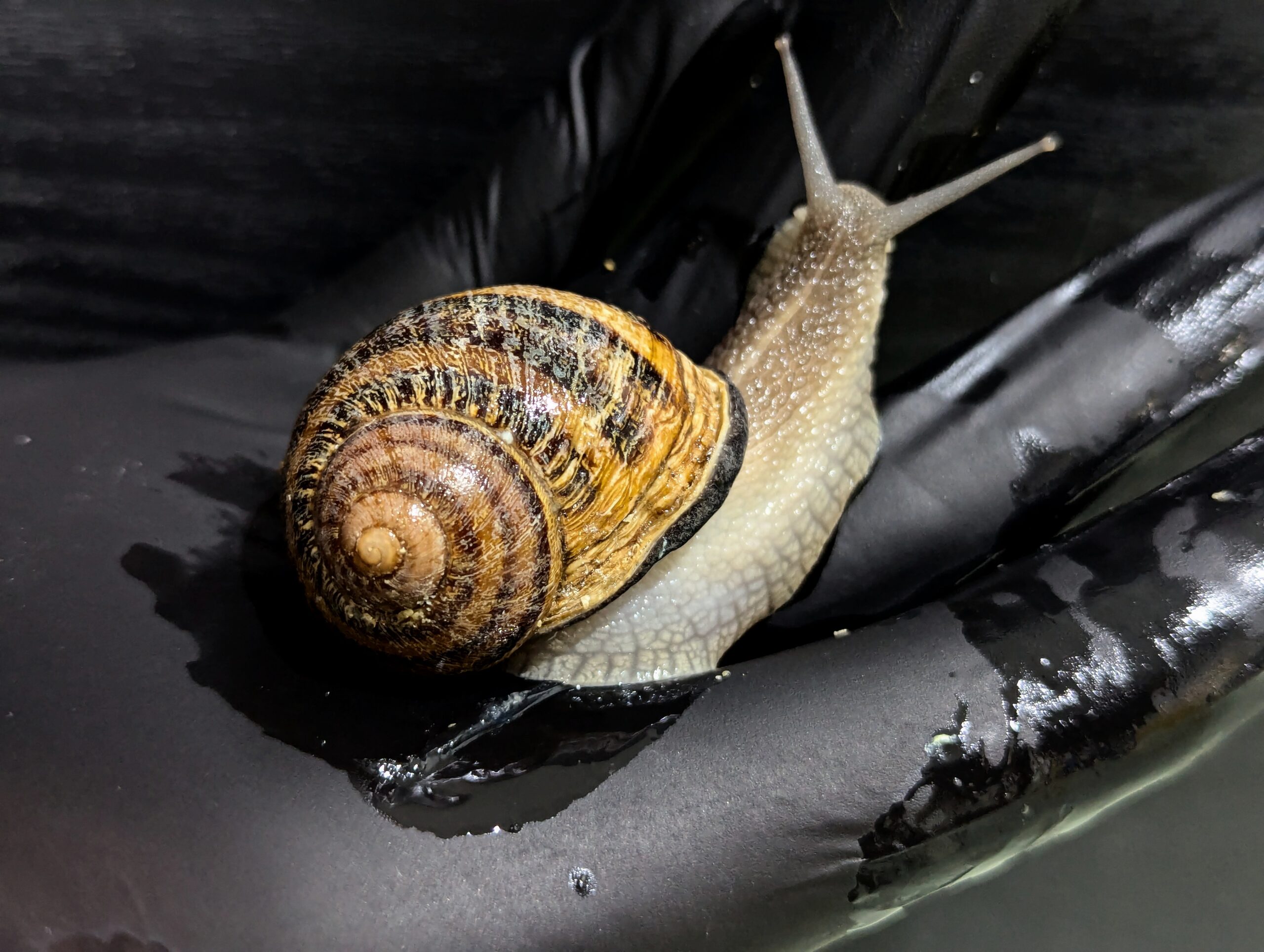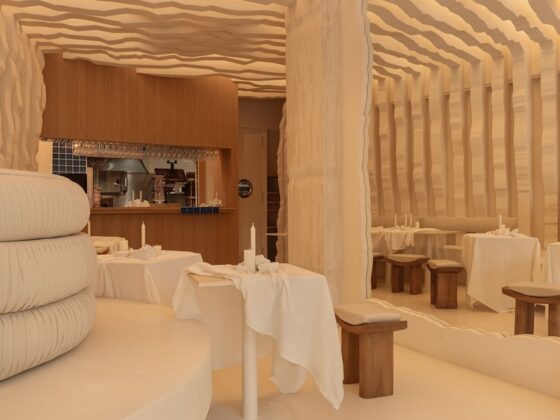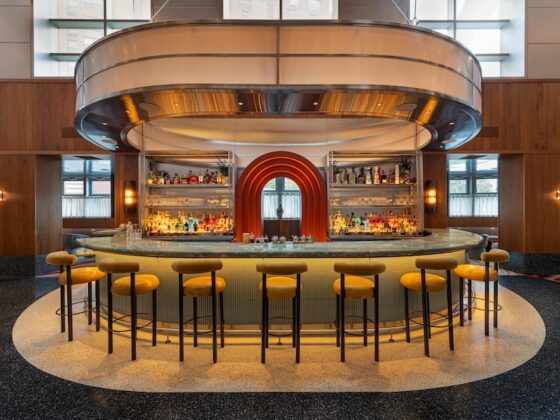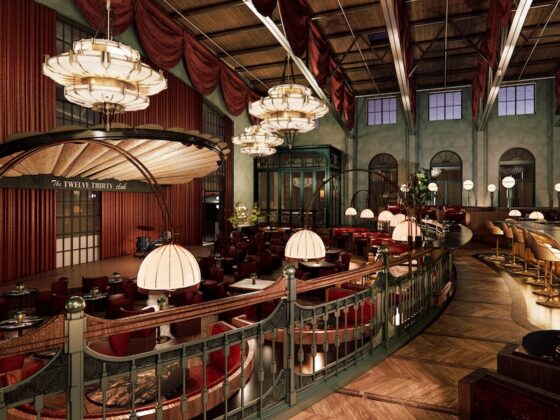
With heliciculture on the rise, this could change.
A relatively new industry, heliciculture, or the farming of snails, first started in 2015 in Ukraine. At its peak, there were reportedly at least 400 snail farms in the country. While the COVID-19 pandemic wreaked havoc on the largely export-based industry, snail farms have started to emerge around the world, including in West Africa, the United States, the United Kingdom, and even in Singapore. However, Touchstone Snails, a Cyprus-based company on snail breeding, notes that only 15 per cent of snails consumed come from farming, while 85 per cent come from the wild.
Stephanie Kudus of WholeSnail, Singapore’s first commercial snail farm, believes this will change. “While the majority of the snails right now are sourced from the wild, as we develop more land, the supply will start to decrease.” She also adds, “Farming allows us to keep out unwanted pests and control the life cycle of the snail. Diseases that you find in snails, such as rat lungworm, would be very rare in an indoor farm as we can have the right controls in place to mitigate against these pests.”
At WholeSnail, everything about the snails and their life cycles is controlled, which Stephanie believes is another advantage farming has over foraging. She is passionate about the potential she sees in the snails, from the industries that can benefit, to their sustainability potential, given their much lower carbon footprint. She is committed to making snails viable not just as a source of protein but also raising awareness of them as a source of caviar. “Snail caviar is seen as a more sustainable caviar, and it sells for about two-thirds the price of beluga. So if we could get into that market, we know we’re good.”
Snail caviar was in the news recently as British TV presenter Jeremy Clarkson was quoted saying in his Sunday Times column that he enjoyed it as a weight-loss snack and that “it does taste and feel like the real deal”.
This may set off a demand for the elusive escargot caviar, and it remains to be seen if it starts appearing on restaurant menus.
As a cosmetic ingredient, snail slime, or “mucin”, has already had a moment in the spotlight thanks to Korean skincare using it as an ingredient in the early 2010s. In Ireland, Bragan Skincare is a family-run snail farm that is already focusing on using snail mucin in skincare products. Run by Kieran Corley, who noticed how effective snail mucin was on his skin, they work with a company in Rome to create small-batch products using snail mucin’s hydrating, exfoliating and firming properties. Their work is backed by a study in the Journal of Integrative Dermatology, which states that snail secretion and snail egg extracts “increased skin hydration, decreased transepidermal water loss (TEWL), antimicrobial activity, and improved healing after radiation therapy and fractional laser treatment.”







